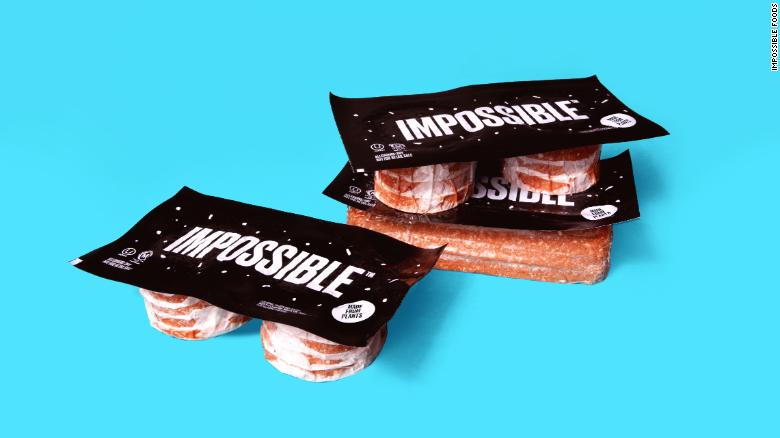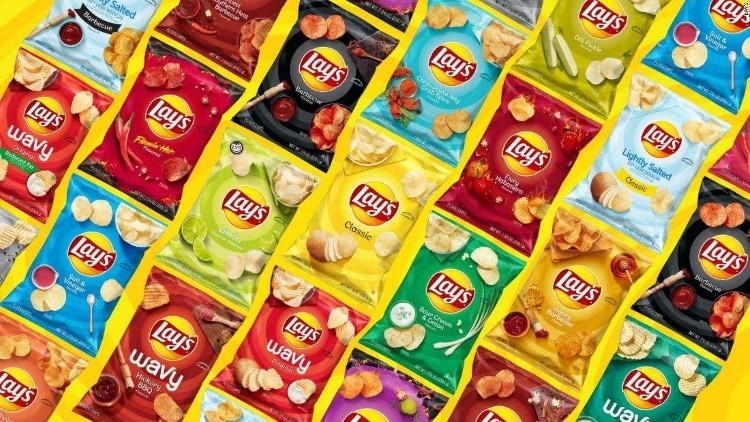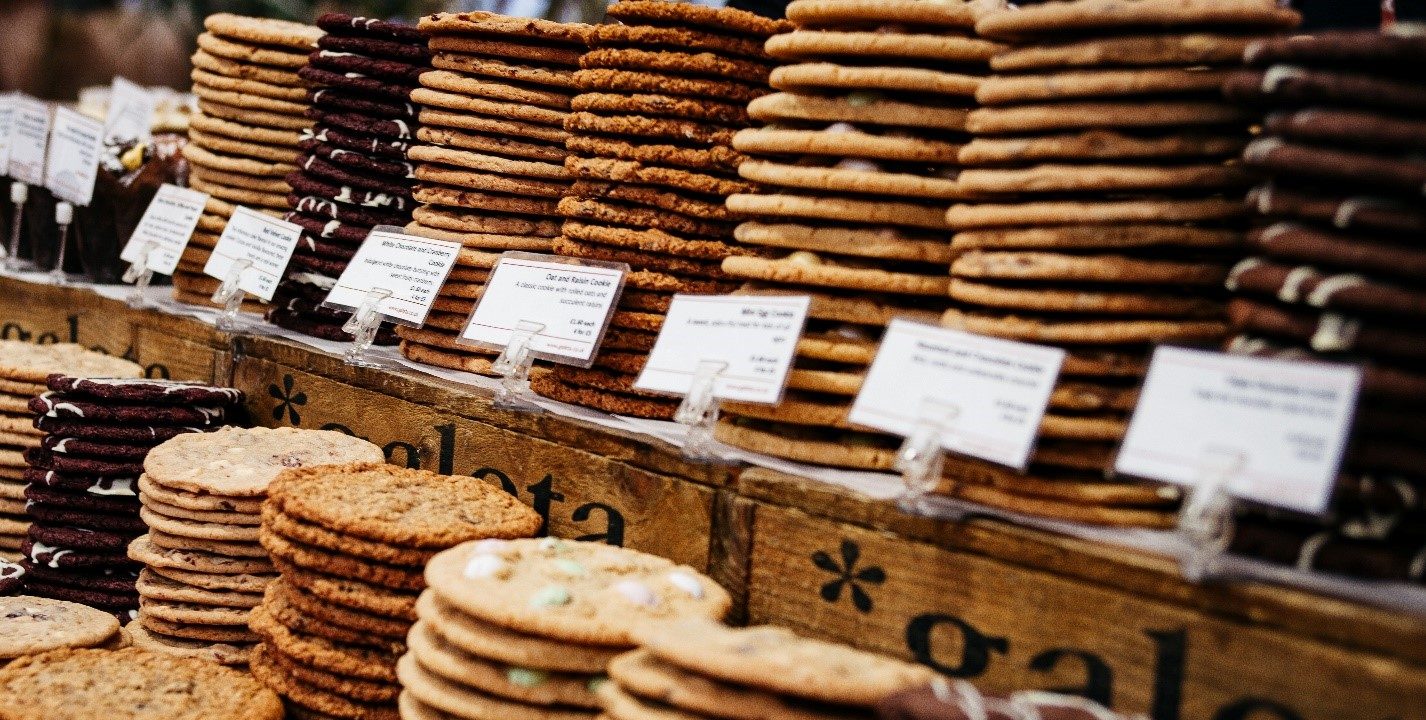The second wave of COVID-19 in the US is undeniably underway, with a record-setting 85,000 cases in a single day last week. But what will this mean for the food and beverage industry? The first wave disrupted the food supply chain beyond what any company could have predicted or prepared for, but lessons were learned and the industry adapted.
This time around, food makers are prepared. In anticipation of the imminent second wave, food companies spent millions to ramp up production and find ways to curb any supply chain issues that may arise. General Mills Inc. — the maker of Cheerios, Betty Crocker and Yoplait, among other popular brands — contracted 45 additional production lines since the stockpiling first began in March.
Like General Mills, Conagra Brands Inc. — which owns Duncan Hines, vegan brand Gardein and Orville Redenbacher’s popcorn — broadened production with third-party manufacturers and warehousing. Another company that is well-equipped for the second wave is Campbell Soup Co., which spent $40 million to increase the production of its famous Goldfish crackers, among other expansion efforts.
Unlike the first wave, when manufacturers were unable to increase production in time to keep up with the growing demand for shelf-stable items, America’s food makers are fixed on delivering the goods this time around. A slower COVID-19 caseload over the summer allowed companies to reassess the food supply chain and reframe their strategies. But with cases climbing again, and the holiday season around the corner, shoppers and investors alike are waiting to see if these new approaches will be enough.
They won’t have to wait long to find out since it looks as though a second-coming of stockpiling is already underway. A recent poll reported that 58 percent of Americans say they plan to, or have already started to, stockpile food and other essentials, mainly out of fear over another round of lockdowns. The surge of pantry loading comes as the US faces the highest number of hospitalizations in two months.
If companies are as prepared as they claim to be, where will that leave consumers? Well, if all goes according to plan, shoppers are unlikely to see the levels of shortages they experienced back in March when toilet paper and flour were the hottest commodities. As middlemen between manufacturers and consumers, retailers — including grocery stores, convenience stores and food markets — are stocking up on supplies ahead of the holiday season to keep up with a likely surge in demand.
Stockpiling amid the second wave may not exclusively entail raiding the shelves of local grocery stores, as online grocery shopping is becoming an increasingly popular way to fill one’s pantry. Consumers are embracing online grocery shopping in ways they never have before, putting trust into store pickers to choose fresh foods — something consumers have historically struggled with.
While food companies may have a good grasp on the second wave for the time being, there remain long-term hurdles, including restoring inventories that were drained in the spring. While the second round of stockpiling will likely be less impactful than the first one, many food companies won’t be able to normalize their inventories for months, perhaps even years to come. As consumers continue hoarding food items, companies across the food industry will endure the pressure.










Join or login to leave a comment
JOIN LOGIN